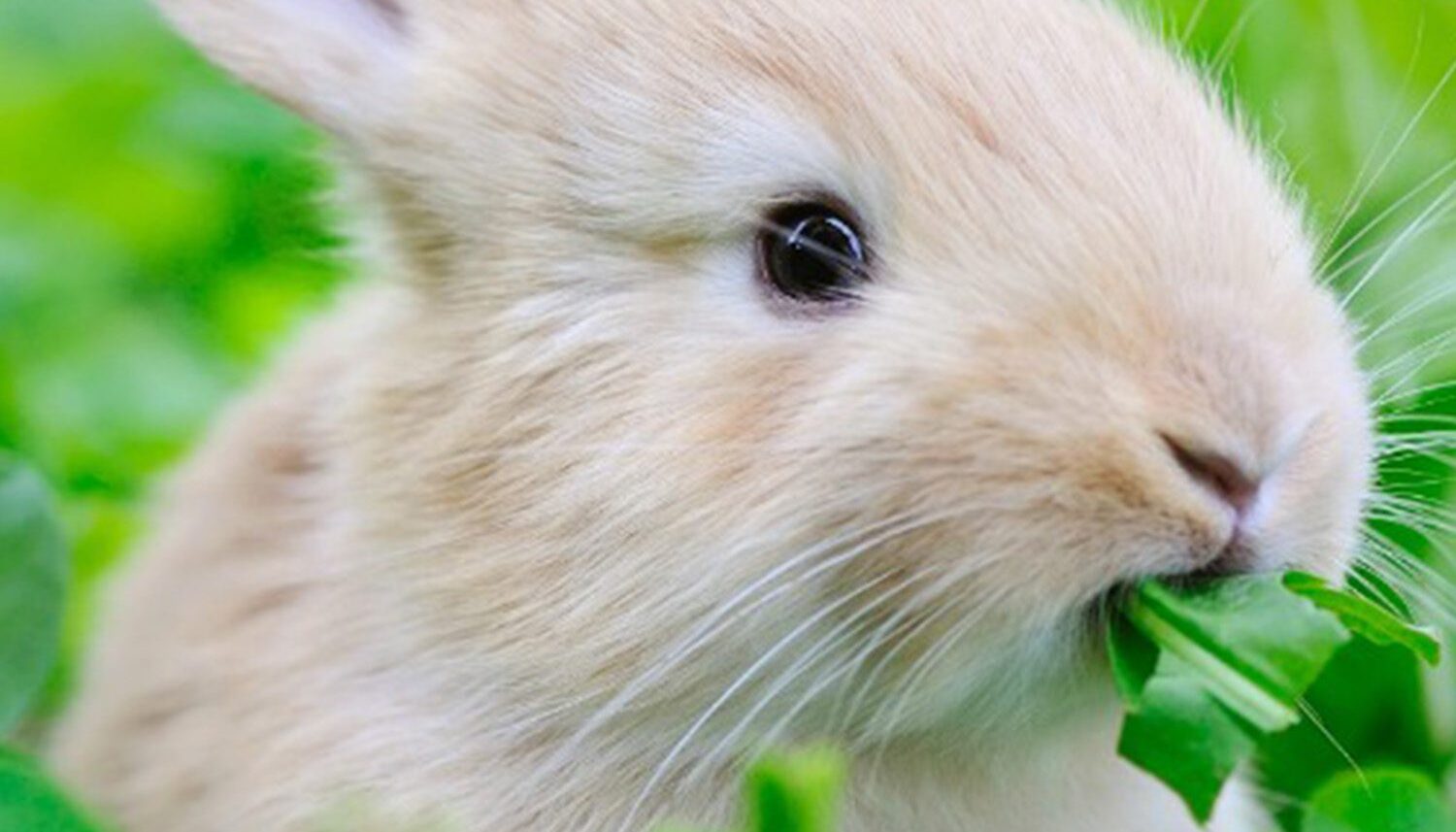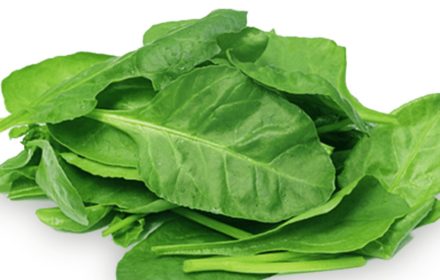Growing Your own Rabbit Feed from Seeds UK
Welldales Rabbit food seed mix includes the following species of grass: Timothy Grass, Meadow Fescue, Cocksfoot, Smooth Stalked Meadow Grass, Kammgrass Crested Dogstail, Fancy Dwarf Perennial Ryegrass, and Wild White Clover. These seeds create a nutritious blend of grasses and plants that are ideal for a rabbit’s diet. One packet of seeds will cover approximately 1 metre squared of space. This mix of grasses is one of the easiest to grow for rabbits, being one of the best and healthiest ways to make your own rabbit feed from scratch.
How to Sow Rabbit Food Seeds in the UK
- Sowing Temperature: For optimal germination, maintain soil temperatures around 10-18°C (50-65°F). This temperature range encourages quick and even sprouting of seeds.
- Soil and Location: Choose a location with well-drained, fertile soil that receives full sunlight or partial shade. Enhance the soil with organic compost to provide the nutrients necessary for robust growth.
- Seed Sowing Advice: Scatter 2 grams of the seed mix evenly over 1 square meter of prepared soil. Lightly rake the seeds into the soil to a depth of about 1/4 inch (0.6 cm )
- Average Height and Spread: The plants from this seed mix will typically reach an average height of 12-24 inches (30-60 cm) and spread to cover the sown area evenly.
- Watering: Ensure consistent moisture, especially during dry spells. Water regularly to keep the soil evenly moist but not waterlogged.
- Weeding: Keep the area free from weeds, which compete for nutrients and water. Gentle hand weeding is preferred to avoid disturbing the roots of the grasses and plants.
- Mulching: Applying a layer of organic mulch helps retain soil moisture, suppress weeds, and regulate soil temperature.
- Harvesting: Regularly trim or mow the plants to maintain an appropriate height and encourage healthy growth. This also prevents the plants from becoming too coarse for rabbit consumption.
For Spring Sowing
- Indoor Start: Begin indoors in late winter to early spring, around February to April, to get a jump on the growing season. This is particularly useful for regions with shorter growing periods or cooler springs.
- Outdoor Transplanting: Transplant seedlings outdoors when they are sturdy enough and the risk of frost has passed, typically from late April to May. Ensure soil temperatures have consistently reached 10-18°C (50-65°F) for best results.
- Companion Planting: This seed mix is excellent for creating a diverse plant cover that provides a balanced diet for rabbits and can also improve soil health.
For Autumn Sowing
- Direct Sowing: For areas with a milder climate, direct sowing outdoors can be done in early autumn, around September to October. This timing allows the plants to establish before winter.
- Protection: Provide protection with fleece or a cloche as temperatures drop to shield young plants from severe frost and ensure their survival over winter.
Caring for Rabbit Food Seedlings - Transplanting: When transplanting seedlings outdoors, space them evenly to ensure they have enough room to grow. Aim for a dense mat of vegetation without overcrowding.
- Maintenance: Keep the soil consistently moist until germination, which can take between 7-21 days depending on the seed type and environmental conditions. Once the seedlings are established, water regularly to maintain soil moisture, especially during dry periods.



















